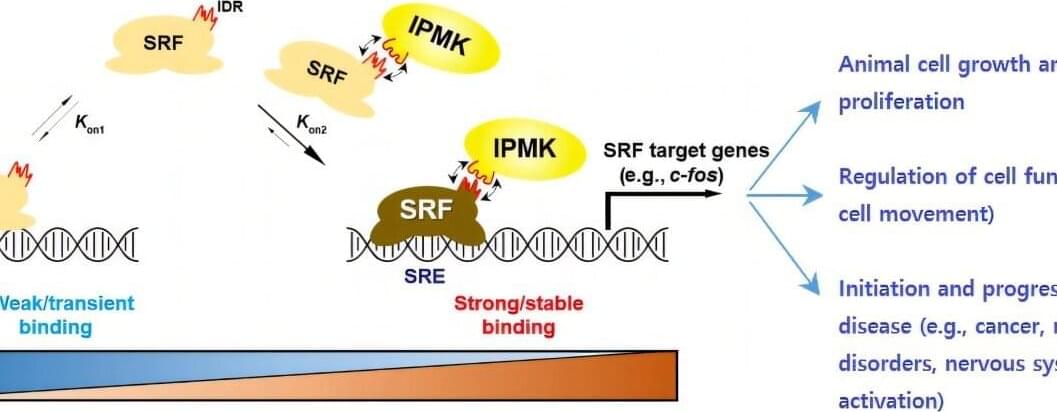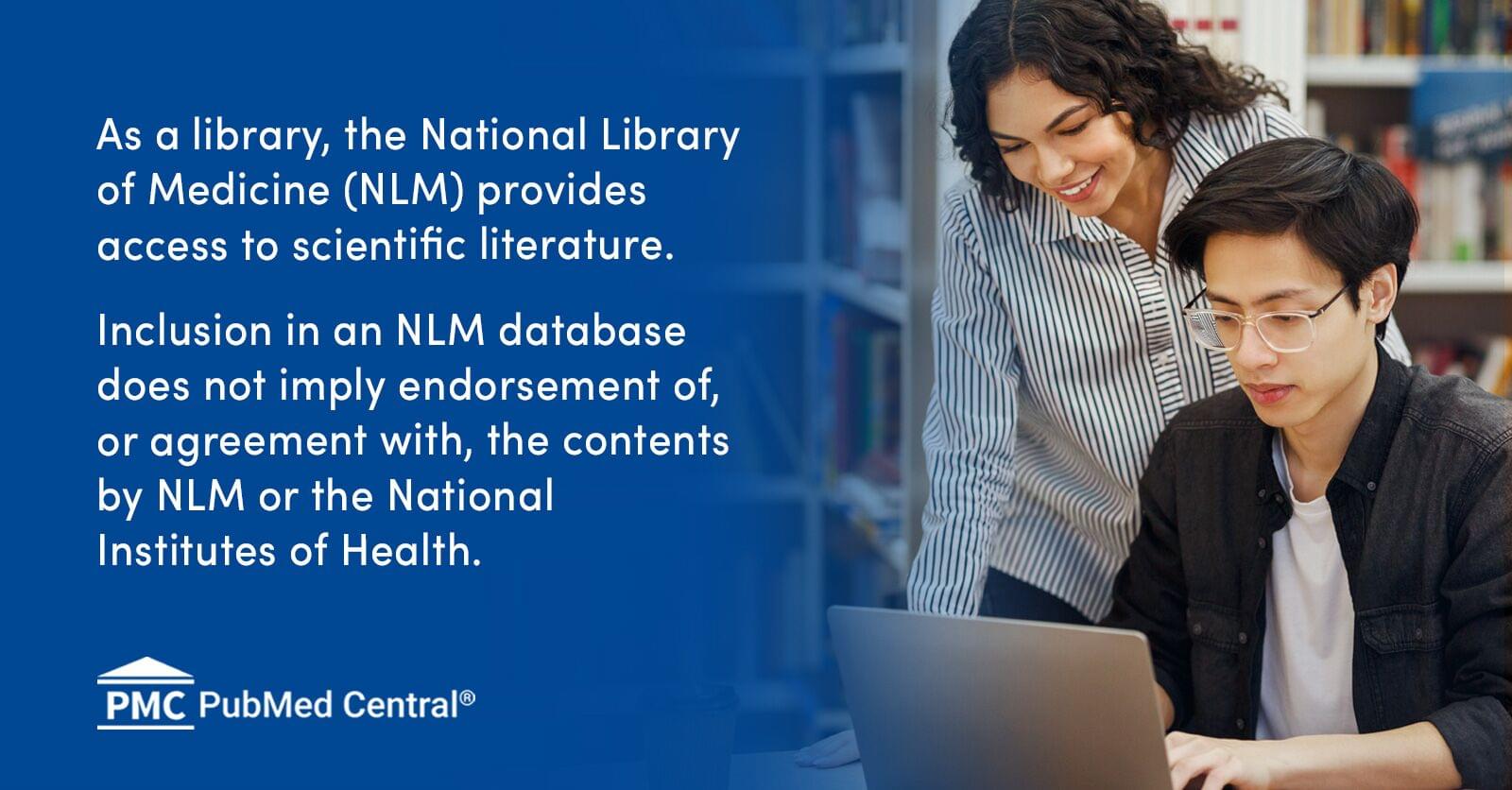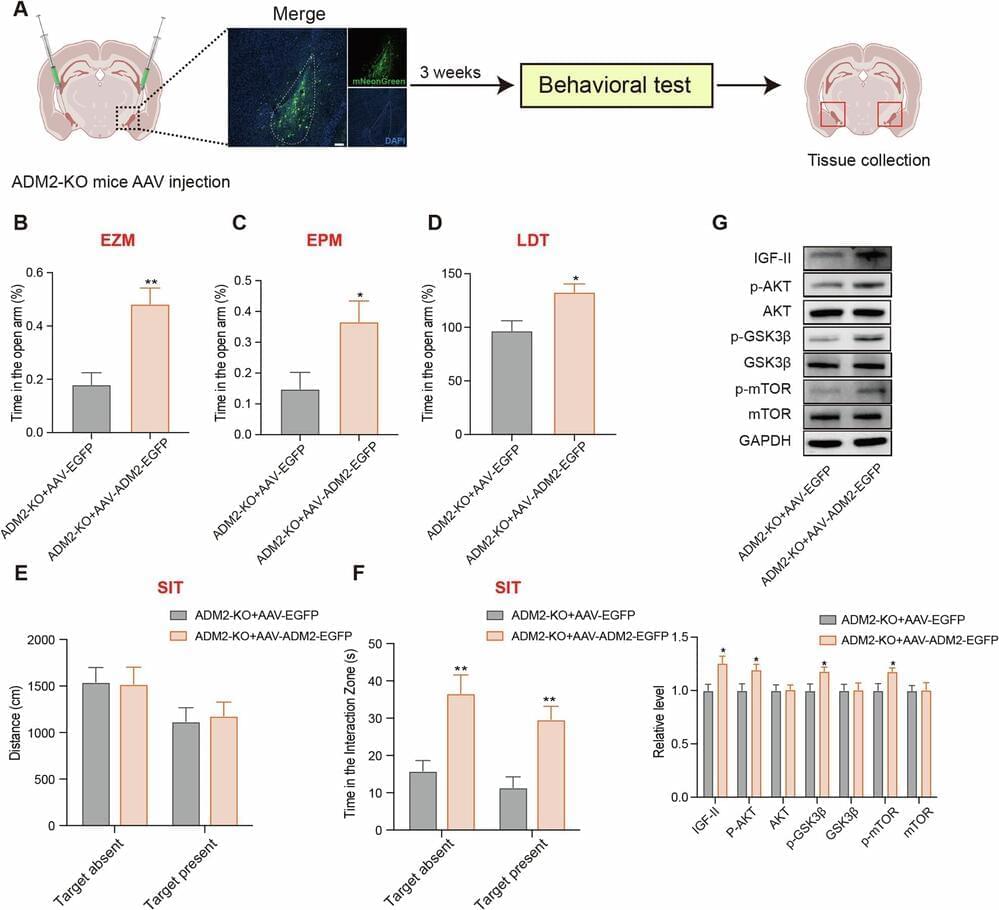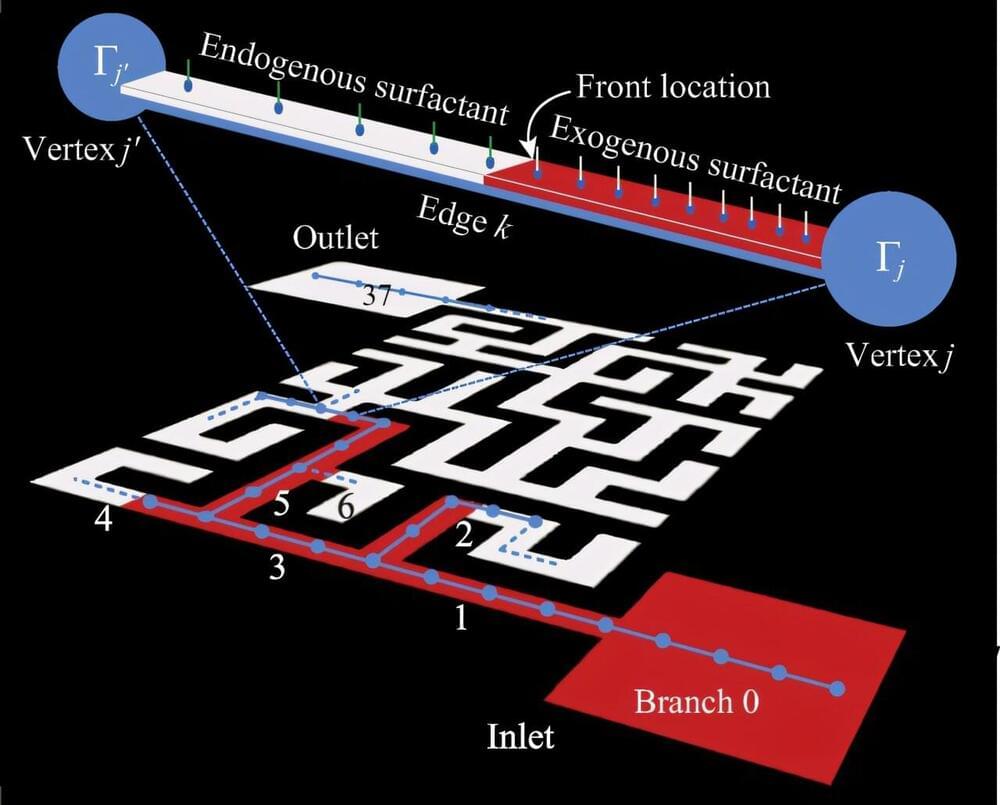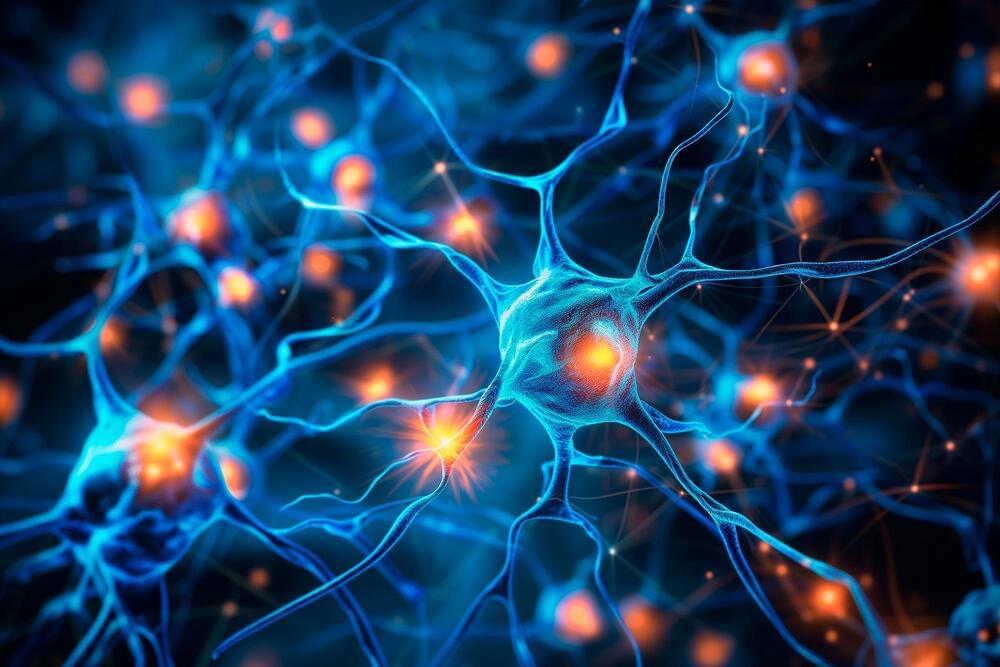A research team at KAIST has identified the core gene expression networks regulated by key proteins that fundamentally drive phenomena such as cancer development, metastasis, tissue differentiation from stem cells, and neural activation processes. This discovery lays the foundation for developing innovative therapeutic technologies.
A joint research team led by Professors Seyun Kim, Gwangrog Lee, and Won-Ki Cho from the Department of Biological Sciences has uncovered essential mechanisms controlling gene expression in animal cells.
The findings were published on January 7 in the journal Nucleic Acids Research in a paper titled “Single-molecule analysis reveals that IPMK enhances the DNA-binding activity of the transcription factor SRF.”
